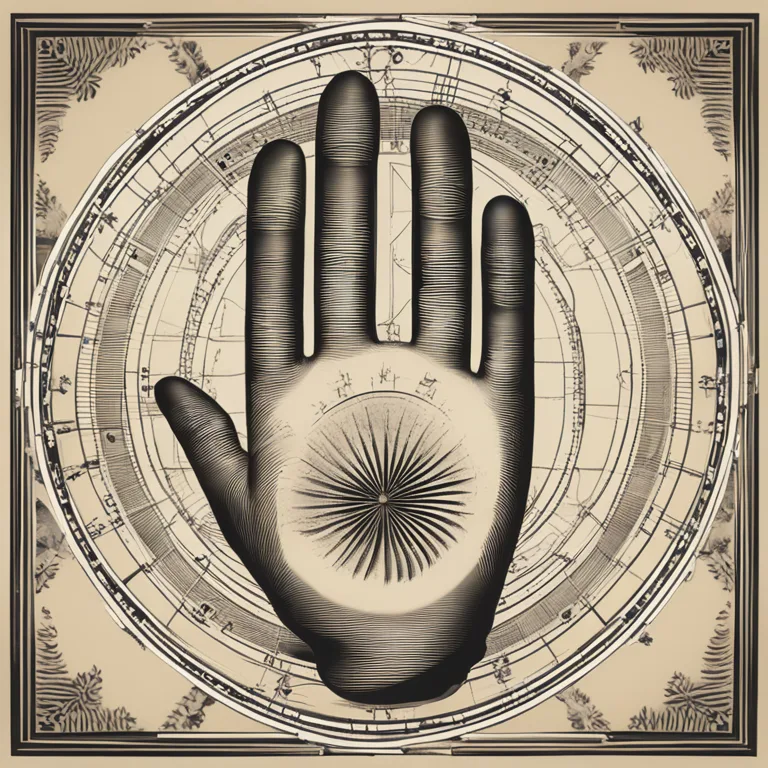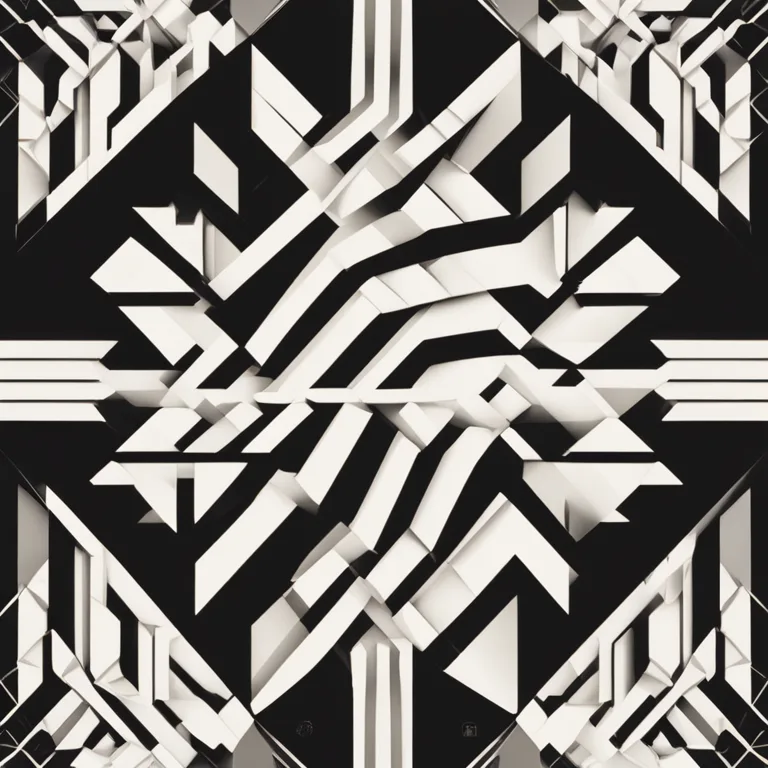
The Symmetry of Palm Lines: A Myth or Reality?
Discover the truth about palm line symmetry in this insightful article that examines the intricacies of palmistry's teachings.
article by Nora Pennington
Palmistry and Its Fundamentals
Palmistry, also known as chiromancy, is an ancient practice that involves analyzing the palms to predict future events and discern personal characteristics. While some believe in its efficacy, others view it more as a pseudoscience or a form of entertainment. Regardless of one's stance, the intriguing question often arises: Are our palm lines mirrored images of each other? This article delves into the reality behind palm line symmetry and what the lines might signify in the realm of palmistry.
Examining Hand Symmetry
Firstly, it's crucial to understand the nature of human hand development. Typically, our bodies demonstrate bilateral symmetry, meaning the left and right sides of the body are mirror images with minor deviations. Yet, unique genetic and environmental factors influence how our palm lines form and change over time. Consequently, the idea that palm lines may precisely align seems rather improbable when considering the biological variation inherent to each individual.

Comparison of Palm Lines
A closer inspection of the palms generally reveals disparities between the lines on each hand. The heart line, head line, life line, and fate line—some of the most scrutinized in palmistry—can exhibit palpable differences. These dissimilarities might be subtle or stark, and palmists argue that such variations carry diverse meanings. The left hand is often associated with personal potential and what one is born with, while the right hand may represent actualization and external influences.

Interpreting Asymmetry in Palm Lines
In palm reading, asymmetric lines are not necessarily deemed as negative. Rather, they can signify a person's growth, challenges overcome, and various aspects of their life journey. The belief in palmistry circles is that each hand tells a part of the story of an individual's life, with asymmetrical lines enriching the narrative with complex layers that reflect the dynamic nature of human experiences.

Scientific Perspective on Palm Lines
From a scientific standpoint, dermatoglyphics—a field that studies the patterns of skin ridges on the fingers and palms—acknowledges that there's no genetic code dictating perfect symmetry in palm lines. These lines develop in the womb and are influenced by a myriad of factors, including the movement of the fetus, its position, and even prenatal environment. As such, expecting symmetrical palm lines ignores the nuanced and capricious elements that determine their formation.
Conclusion
In conclusion, it's evident that palm lines are not symmetrical, and this lack of mirroring aligns with the biological and philosophical underpinnings of palmistry and modern science. The asymmetry found in an individual's palm lines is not a flaw but rather a testament to their unique life story, providently recorded by nature's own hand.
Published: 1/3/2024
Modified: 1/3/2024
More predictions
Come back here soon to learn more about yourself and your future


The Intersections of Palmistry & Psychology
Examine palmistry's role and presence within the field of modern psychology.


The Palmistry Health Line: Insights on Vitality
Discover the significance of the health line in palmistry and how it reflects your vitality and well-being.


The Mystique of Left & Right: Palmistry Hand Differences
Discover the meaningful distinctions in palmistry between the left and right hands, and what these differences reveal about your path and personality.